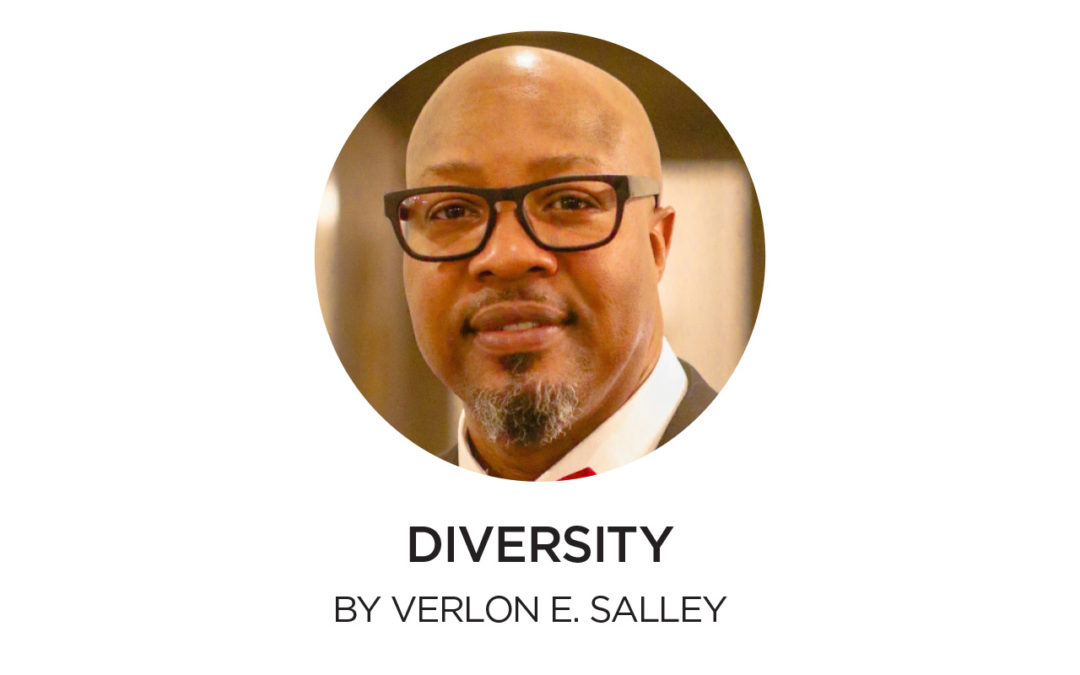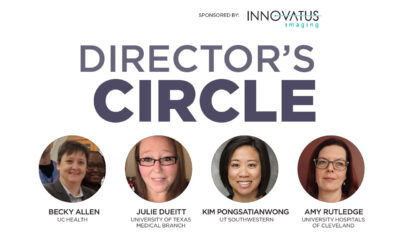
Diversity, equity and inclusion are some of the most notorious buzzwords in the workplace today. My charge is that these terms have to be implemented with empathy, intent and integrity. First, I shall define these words separately.
- Diversity – the practice or quality of including or involving people from a range of different social and ethnic backgrounds and of different genders, sexual orientations, etc.
- Equity – the quality of being fair and impartial.
- Inclusion – the practice or policy of providing equal access to opportunities and resources for people who might otherwise be excluded or marginalized, such as those who have physical or mental disabilities and members of other minority groups.
Diversity should be at the foundation of preparing for culture change within your organization’s DE&I strategy. A health care organization’s workforce should represent the community it serves. Therefore, the strategy should recognize the demographics of the community as well as the workplace. The focus should not be on race alone. Gender, sexual orientations and ethnic backgrounds could also be minority groups that may deserve a recruitment initiative within a DE&I strategy. Though, having one represented should not come without the next level buzzword, equity.
For me, equity cannot exist without empathy. It is not the simple act of treating everyone equally, but it is an organization’s leadership recognizing it may have to do something intently different for a group of people that is underserved, marginalized and/or underrepresented. I was the senior director of radiology when the George Floyd murder happen. In the hospital’s first executive-level meeting after the murder, I told my peers (directors, associate vice presidents and C-level) that it was OK to ask their Black staff members in their departments, “Are you OK to work today because of what has happen in Minnesota?” I encouraged my peers to use this as an opportunity to engage employees and show compassion. I remember one of my peers thinking they did not have the tools to engage their staff. I said, “Sure you do. What would you say to me if it told you a family member of mine passed away?” Without hesitating she said all the right things because she has empathy. I then explained to her to use that same energy when approaching her staff that day. Once again, equity cannot exist without empathy.
Lastly, the pentacle of a DE&I strategy must be inclusion. Inclusion is the most resisted initiative within a DE&I strategy because it requires honesty, vulnerability and intent. I will compare and contrast diversity and inclusion with two infamous sentences. Diversity is someone asking you to a party. Inclusion is someone asking you to dance at a party. A health care organization that has the courage to recognize that its workforce does not represent the community at its highest level of leadership; and remedies this disparity by recruiting underrepresented persons and placing them in positions where they have a voice, is a company that is serious about DE&I. Which would also mean the represented minorities would have to feel comfortable to share their voice. A delicate and intent-filled dance that I one day look forward to seeing play out in many organizations. •
Verlon E. Salley is the Vice President of Community Health Equity at UAB Health System.








